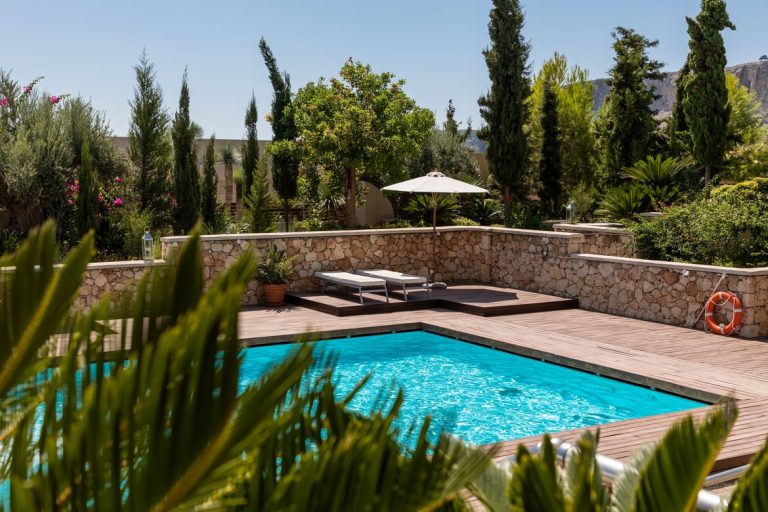Table of Contents
As you know, dipping in water filled with chemicals can lead to skin and eye irritation, redness, and itchiness – none of which is a good look. Therefore, many pool owners are interested in keeping their pools clean without using harsh chemicals.
But, is that really possible? Let’s find out.
Can You Do It?
Before we delve deeper into how to clean a pool without chemicals, there are a few things you should know.
First and foremost, it’s important to understand that while you might not be using chlorine or other harsh chemicals, you will still need to use some form of sanitizer in your water.
This is because, without a sanitizer, your pool will quickly become a breeding ground for bacteria and other microorganisms – which can pose serious health risks to you and your family.
There are a few different ways that you can sanitize the water without using harsh chemicals, and we’ll go over each one in more detail below, but to answer your question – yes, you can do it.
Four Ways To Clean Your Pool Without Chemicals
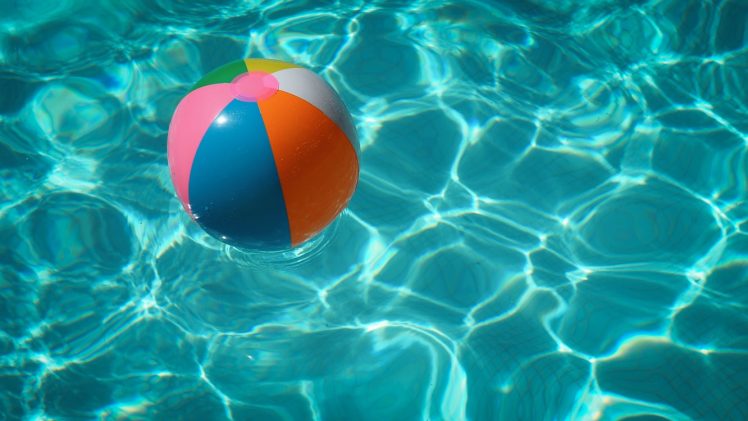
So, now that we’ve established you can clean the water without using harsh chemicals, let’s take a more in-depth look at how to do it.
1. UV Light Sanitization
One of the most effective ways to sanitize your pool without using harsh chemicals is to use UV light.
UV light works by destroying the DNA of bacteria and other microorganisms, rendering them harmless. This makes it an extremely effective way to disinfect the water and keep it safe for you and your family.
UV light systems are becoming increasingly popular around the world, and for good reason. Not only are they effective at sanitizing water, but they are also safe to use and require minimal maintenance.
2. Ozone Purification
Ozone purification is another effective way to clean your pool without using harsh chemicals. Ozone is a gas that is created when oxygen molecules are exposed to UV light.
When ozone is added to the water, it reacts with the water molecules and breaks down into oxygen atoms. These oxygen atoms then bind with bacteria and other microorganisms, effectively killing them.
Ozone purification is a very effective way to clean your pool without using harsh chemicals, and it has the added benefit of being safe to use and requiring minimal maintenance.
3. Saltwater Pools
Saltwater pools are a great alternative to traditional ones, and they are becoming more and more popular. Saltwater pools work by using a saltwater chlorinator to generate chlorine from the salt.
This means that you don’t need to add any harsh chemicals to the water, making it much safer for you and your family.
4. Self-Cleaning Circulation Systems
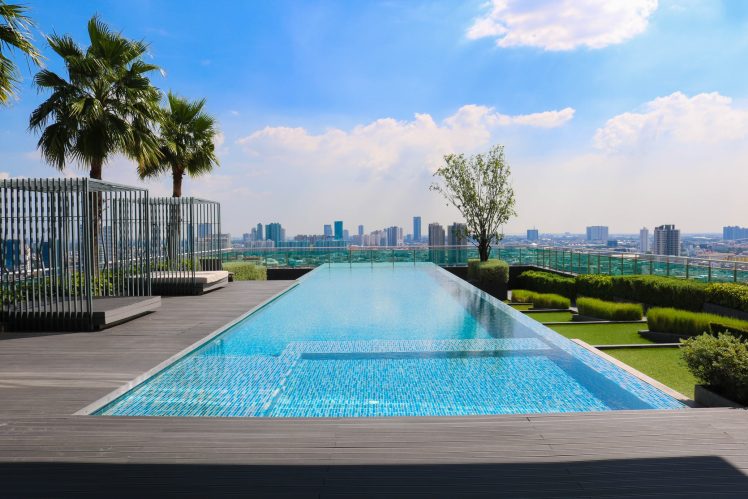
Self-cleaning circulation systems are a relatively new technology that is becoming increasingly popular in pools around the world, especially in Australia where we have compasspools-sydney.com.au using this method.
These systems work by circulating the pool water from bottom to top.
As you know, if the water is not moving, it will quickly become stagnant and start to develop bacteria. By circulating the water, these systems ensure that the water is always fresh and clean – without the need for harsh chemicals.
Tips And Tricks For Keeping Your Pool Clean All Season Long
Now that we’ve gone over some of the best ways to clean your pool without using harsh chemicals, let’s take a look at some tips and tricks for keeping yours clean all season long.
1. Test The Water

One of the most important things you can do to keep your swimming pool clean all season long is to test your water regularly. This will help you identify any issues with the water quality and make sure that it is safe for you and your family to use.
2. Keep The Ph Balanced
Another important thing to do to keep your pool clean all season long is to keep the pH balanced. The pH is a measure of how acidic or alkaline the water is, and it should be between 7 and 7.6.
If the pH is too high or too low, it can cause problems with the water quality and make your life more difficult for you. Namely, high pH levels can cause skin rashes and low pH can burn your eyes. So, keep it stable.
3. Vacuum
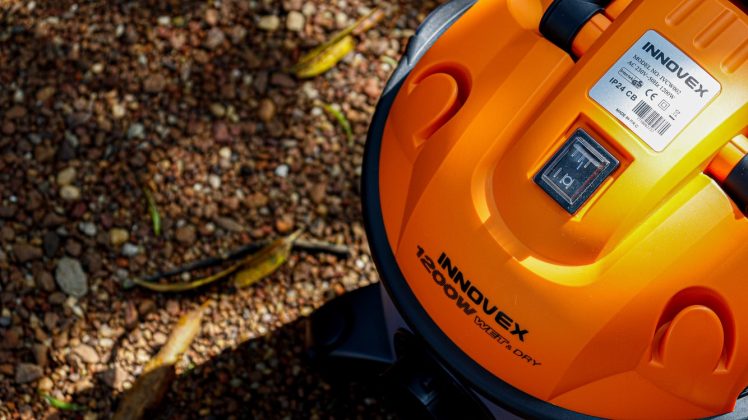
Vacuuming is an important part of keeping it clean, as it helps to remove any debris that may have accumulated on the bottom of the pool.
In addition, vacuuming also helps to circulate the water and keep it clean.
4. Brush And Scrub
Brushing and scrubbing are another important part of keeping the pool clean, as it helps to remove any algae or other build-up that may have accumulated on the walls or floor.
5. Clean The Filter Regularly
Also, clean the filter and replace it when needed. The filter is responsible for trapping debris and dirt, and if it becomes clogged, it can cause problems with the water quality.
The Benefits Of Going Chemical-Free
Finally, let’s take a look at some of the benefits of having a chemical-free pool.
1. No More Skin Rashes

One of the main benefits of having a chemical-free pool is that you won’t have to worry about skin rashes anymore. As you know, chlorine-rich waters can cause all sorts of skin problems, from mild irritation to severe rashes.
2. No More Red Eyes

Another benefit of going chemical-free is that you won’t have to deal with red eyes anymore. Chlorine can cause your eyes to become red and irritated, and it can even lead to more pronounced issues if you’re not careful.
3. Save Money

Finally, one of the best benefits of ditching the chemicals is that you’ll save money in the long run. Traditional cleaning methods require you to constantly buy new chemicals, and they can be quite expensive.
4. The Water Will Taste Better
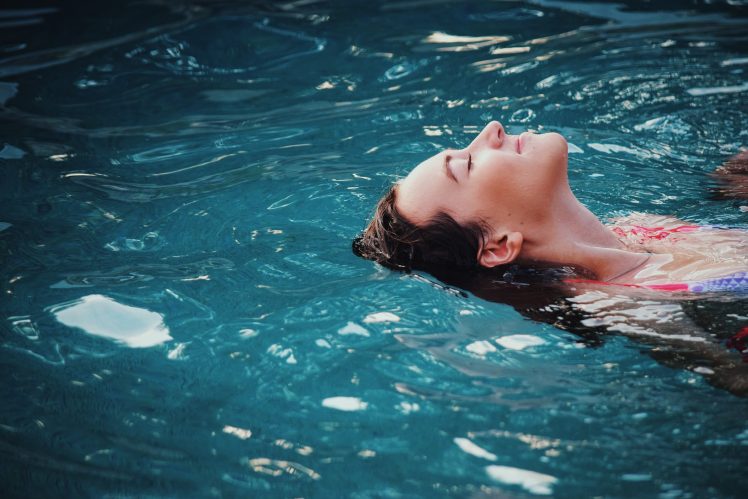
Also, water will taste better. This is because there won’t be any chlorine or other chemicals in the water, making it much more pleasant to swim in. But remember, just because it tastes good doesn’t mean you should swallow it!
Conclusion
As you can see, there are many benefits to having a chemical-free pool. Not only is it better for your health, but it’s also better for the environment and your wallet.
So, if you’re looking for a way to keep your pool clean without using harsh chemicals, be sure to use some of the tips and tricks we’ve outlined in this article.

